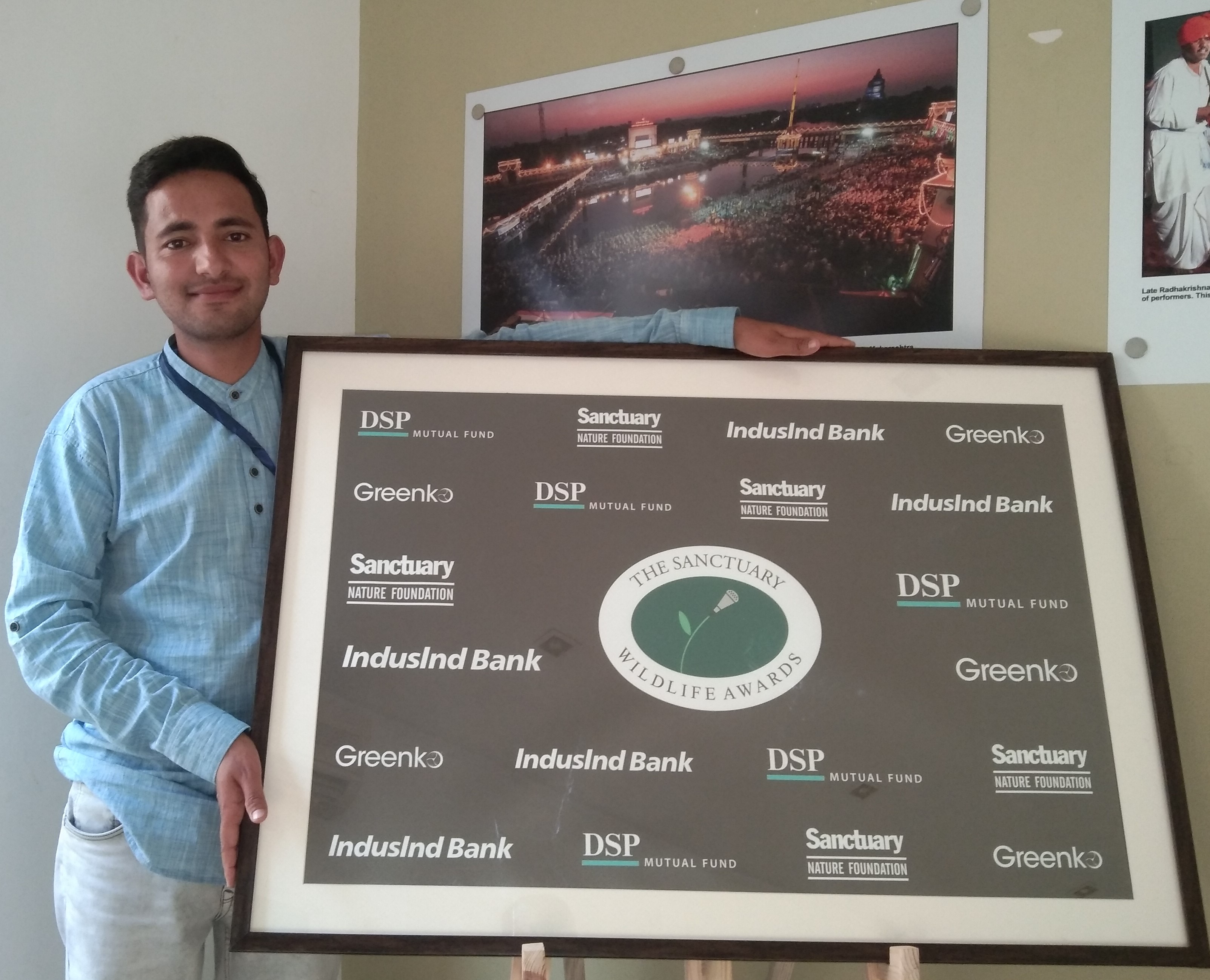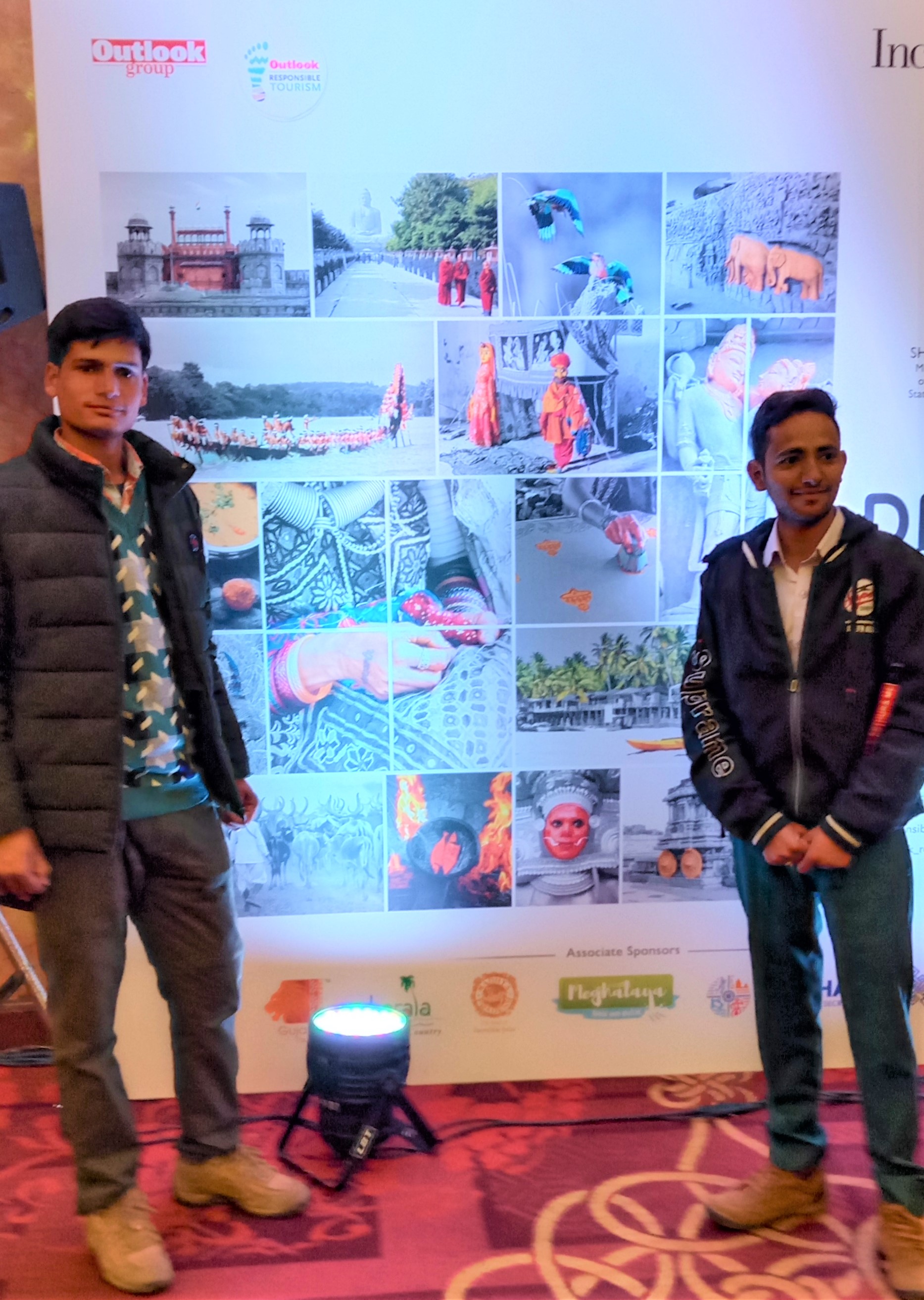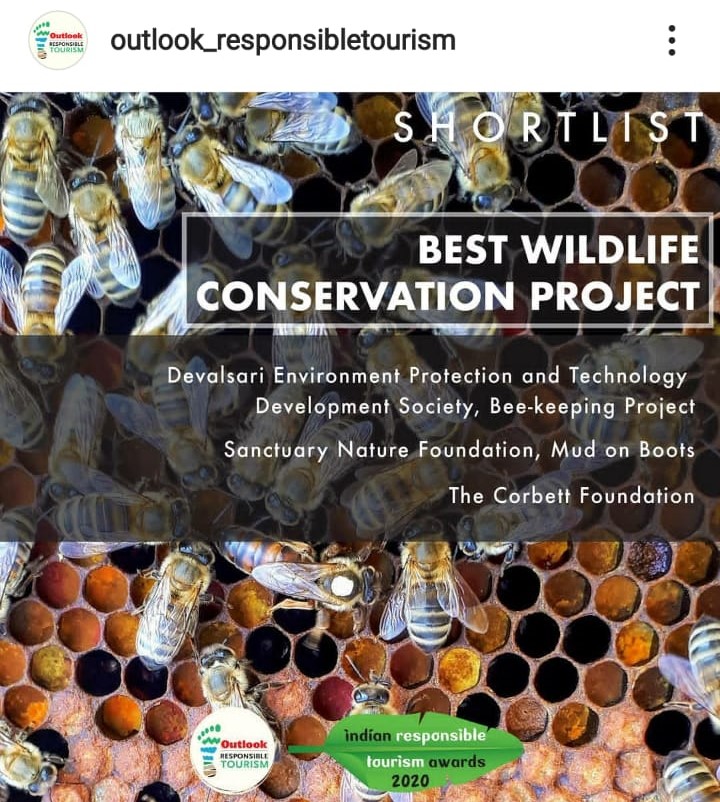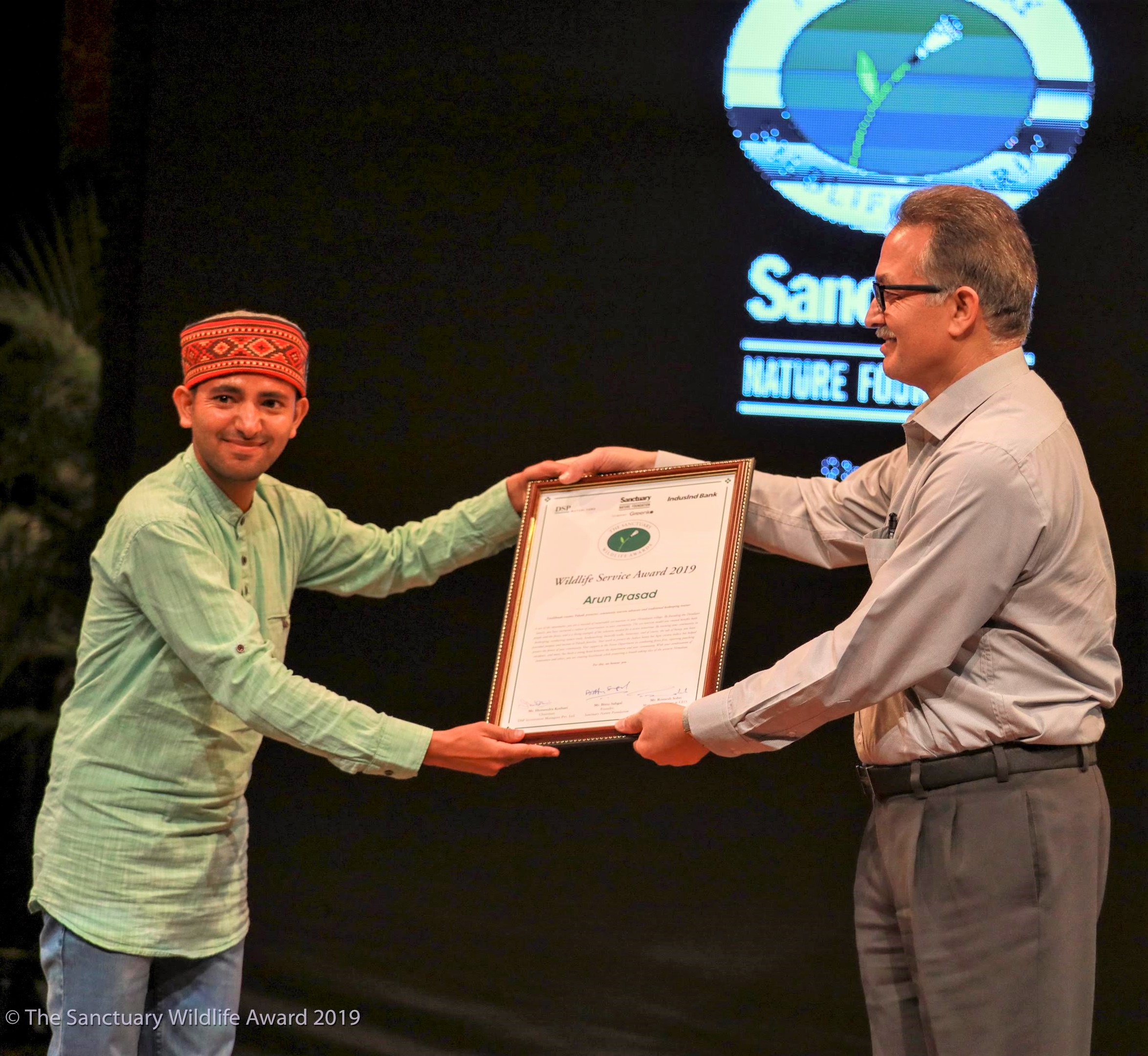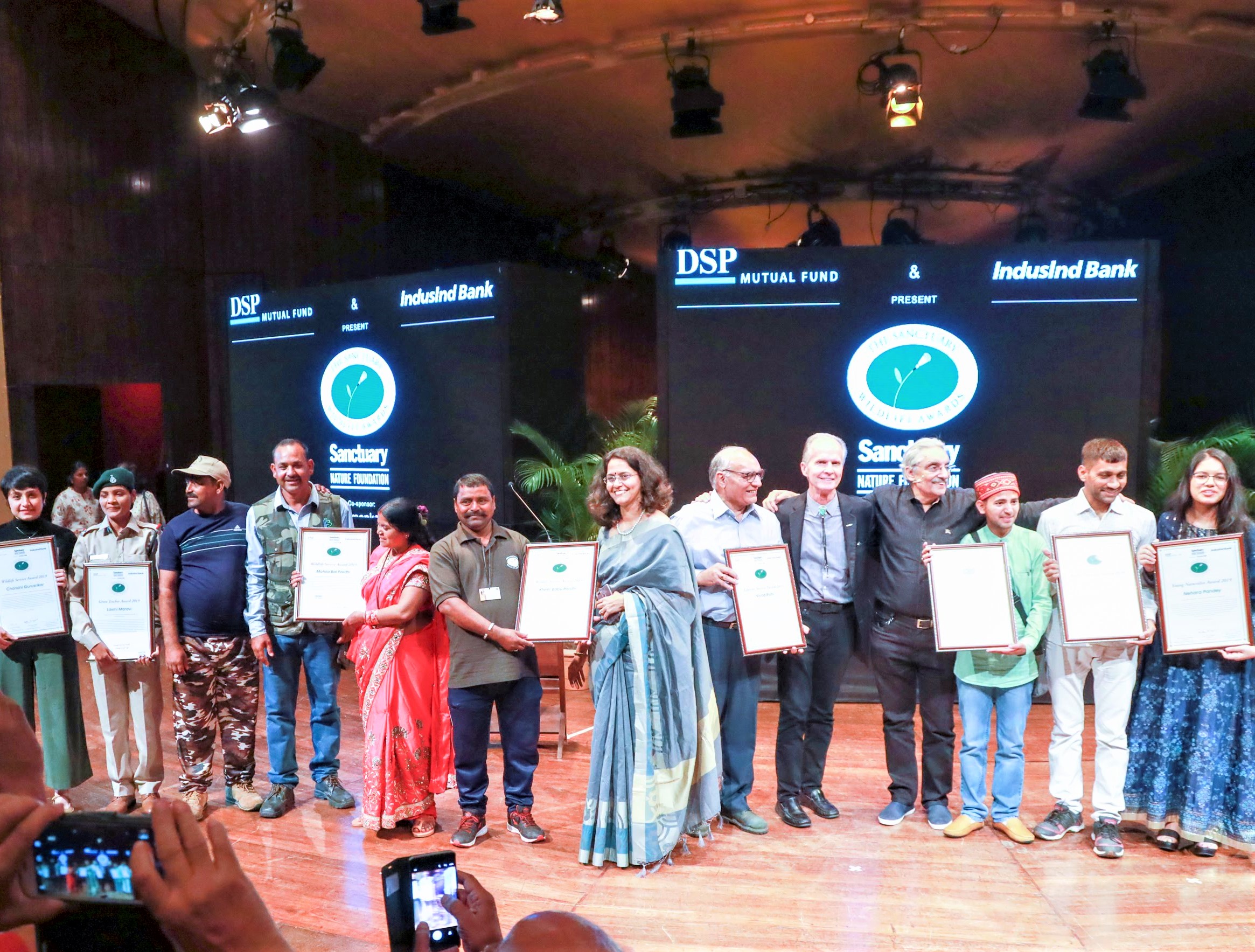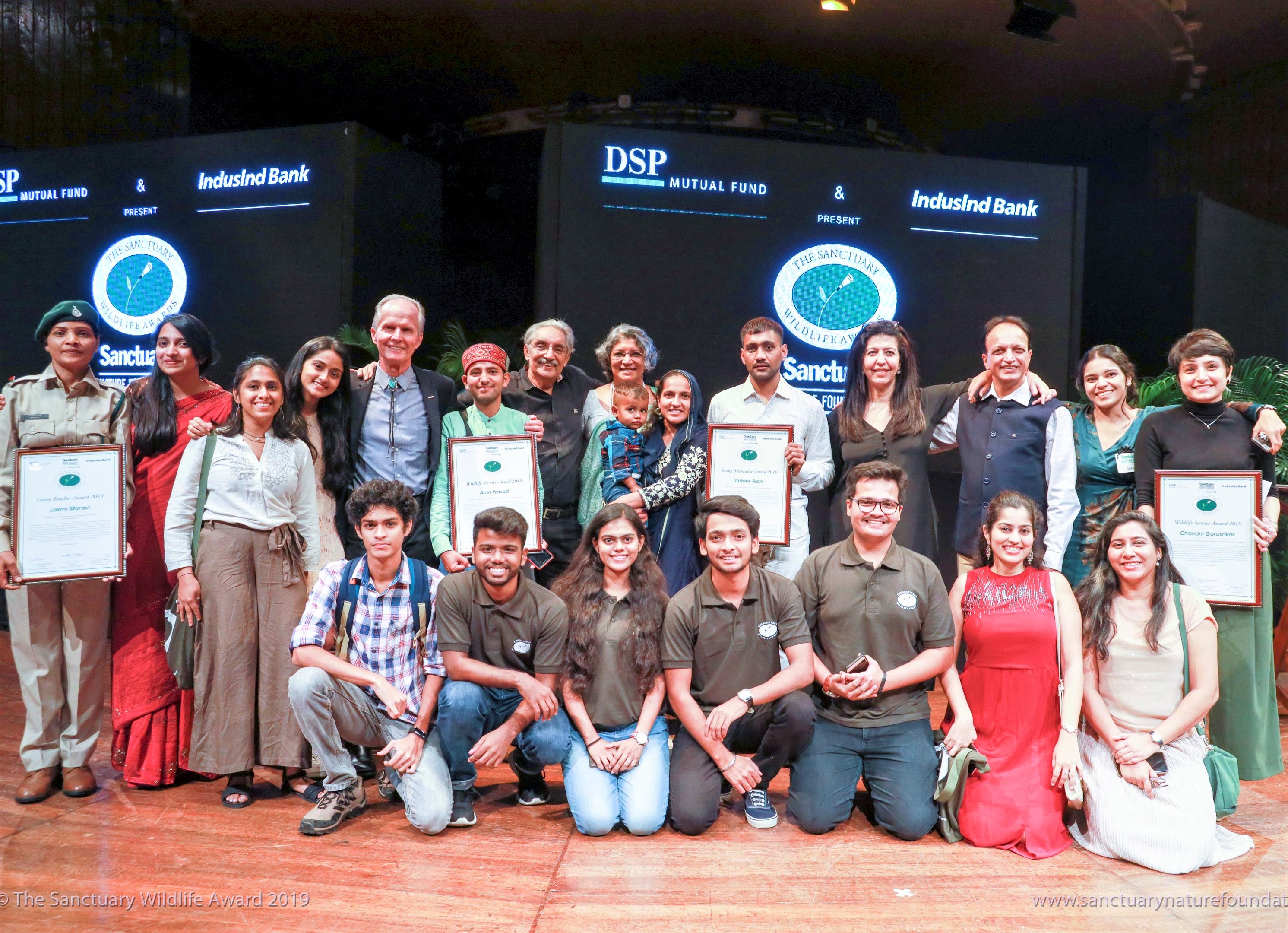About Devalsari

Devalsari, tucked away in the Aglar Valley, in Tehri Garhwal District, the home of the Jaunpuri’s. The snow-capped peaks of the Mahabharat range in the Middle Himalayas, looming in the distance, marvellous deodar, oak and rhododendron forest, surrounded by terrace fields of the villages of Bangsil, Mauldhar, Udarsu, Tewa, Untad, Butcot, Theek, Kinsu and Naogaon.
The Pali Gad stream flows through Bangsil into the Aglar River, winding its way through a forest landscape with altitudes varying from 1,200 m at Thatyur up to 3,048 m at Nag Tibba, the highest peak in the area.
- Habitat: Reserved Forests of Devalsari and Magra.
- The forest consists primarily of Chir at lower altitudes at Magra and Deodar, Banj oak and Rhododendron forests with Moru oak at higher altitudes at Devalsari.
- Best time to visit for trekking: March to July, September to December
- Best time to visit for birds: throughout the year
- Best time to visit for butterflies, moths & herpetofauna: April to October
- Local festivals in Devalsari: Baisakhi in April and Buddhi Bagwali (Old Deepawali), celebrated one month after Deepawali.

Local Culture
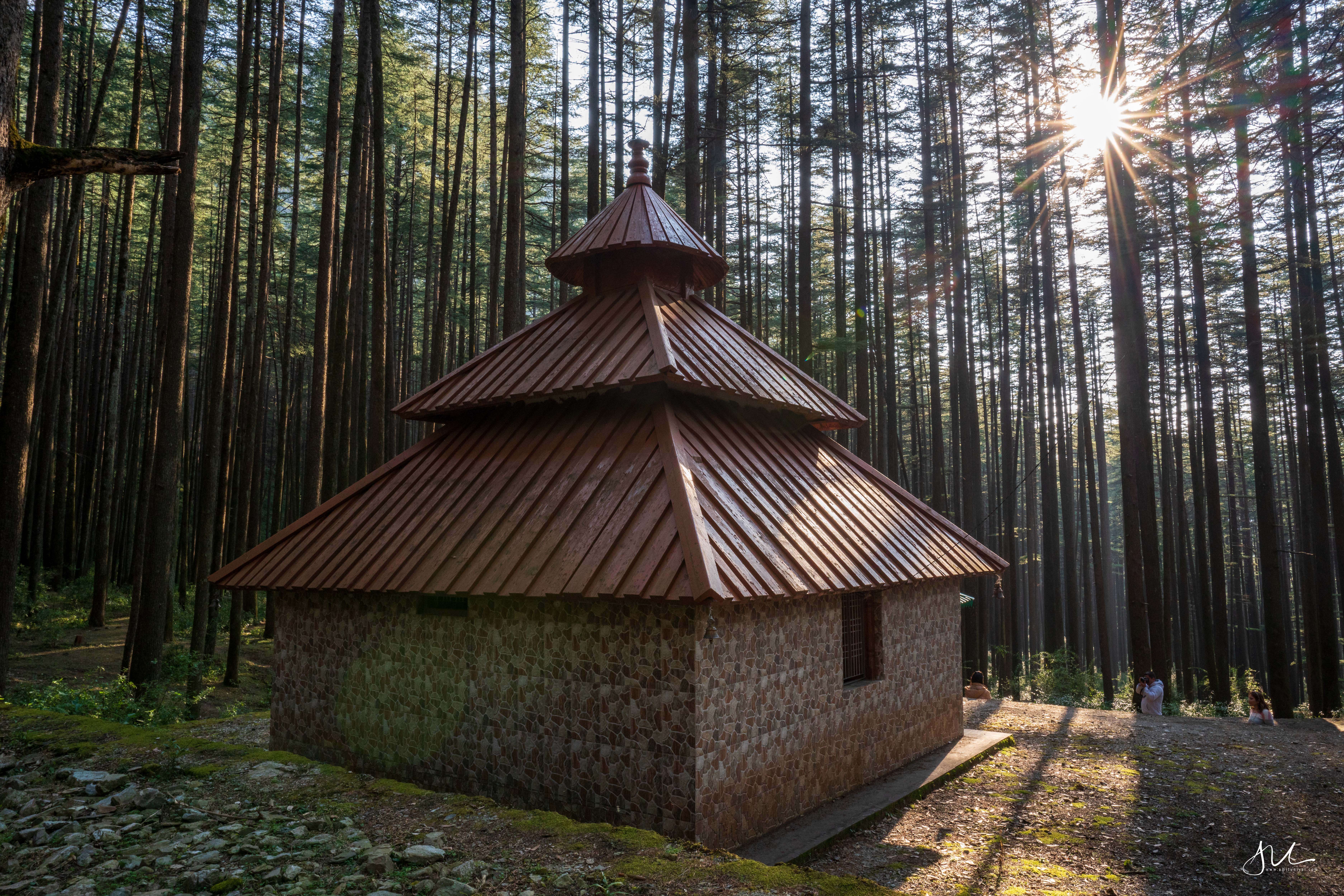
History: Jaunpur is part of the Tehri Garhwal region in Uttarakhand. Jaunpuris have a long and old tradition of food, clothes, language and culture. The Jaunpuris are known to welcome guests and treat them really well. They are known to have small and big festivals throughout the year. The Jaunpuris are famous for their local dances (raansu, tandi).
The famous Shiva Temple
The famous Shiva Temple at Devalsari, is said to have been built in the 1600’s, is surrounded by tall deodar trees. Six hundred years ago, the area had no deodar forests but was used to grow Jowari. The land belonged to Pujaldi, Bangseel, Kinsu and Theek villages.
About the Society
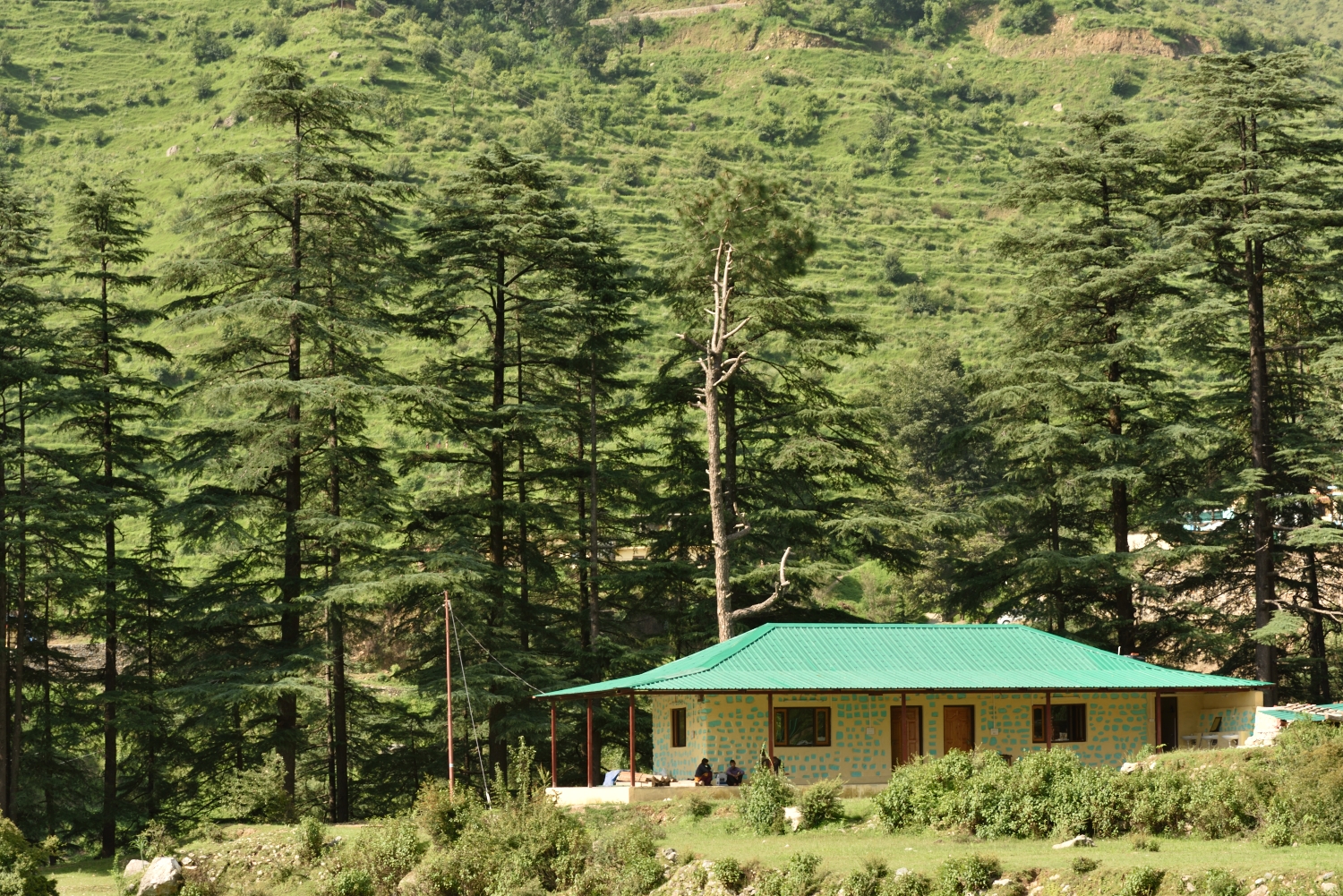
The Devalsari Environment Protection and Technology Development Society was set up to promote conservation and livelihoods through ecotourism and bee-keeping in Uttarakhand beginning with the Jaunpur region.
In the words of Arun Prasad, the biggest problem in Uttarakhand is “Palayan” wherein rural populations are abandoning their homes to shift to towns and urban areas abandoning traditional practices of agriculture.
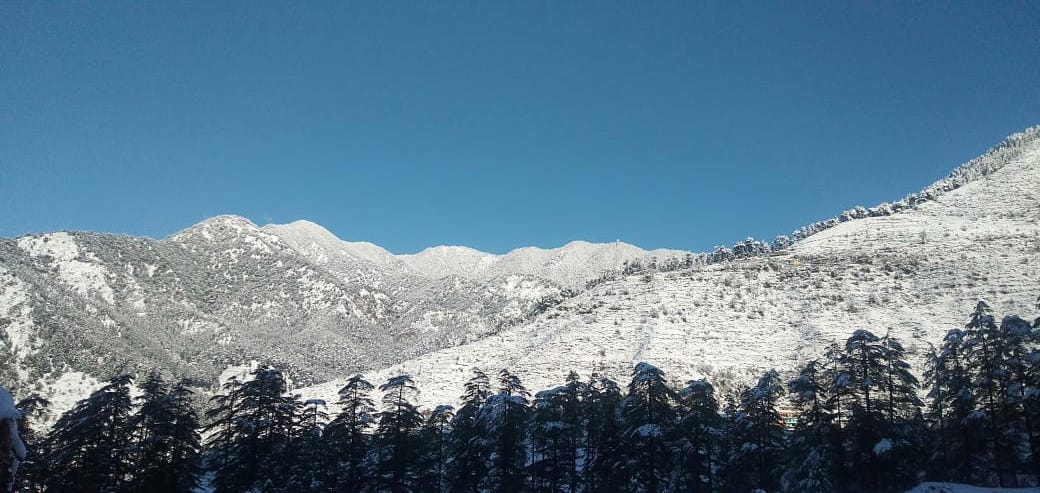
The primary reasons for “palayan” are reduced returns from agriculture and livestock, lack of job opportunities in the villages, poor education and health care. The reduced returns from agriculture are driven by increased damage to crops by wildlife (rhesus macaque, langur, wilds pigs), reduced livestock populations leading to reduced soil fertility, reduced availability of good seeds, changing patterns of rainfall and lack of irrigation facilities and finally poor price realizations of agricultural produce.
“Bara Anaj”, the twelve types of food grains that were grown in Uttarakhand earlier meant that other than salt, soap and clothes, no other material had to be purchased from the market.

Now, people’s aspirations and needs have changed, as well as their dependence on the government for handouts through MNREGA and subsidized food through ration shops.
In Uttarakhand, rain-fed agriculture on scattered, small landholdings for subsistence farming is the norm, rather than the exception.The phenomenon of “palayan” has resulted in many fields being run over with Lantana and Eupatorium, which in turn has resulted the increased presence of wildlife such as leopards, porcupines and wild pigs near villages, resulting in increased conflict.
The Society’s Objectives

The Society’s hopes to address some of the issues that plague Uttarakhand and its main objectives are:
- Alternate livelihoods to reduce “palayan” by promoting organic farming and produce by supporting formation of self-help groups.
- Nature conservation through habitat protection. The society has established the Sreedev Suman Titii Park at Chiyana Khud to protect local habitat and conserve nature.
- Environment protection through conservation education in schools and amongst youth, campaigns to support tree plantations, water conservation and protection of flora and fauna.
- Supporting bee-keeping as an alternate livelihood through bee-keeping training and technology development, developing market linkages for natural honey and bee research and conservation.
- Developing Devalsari as an ecotourism hub for nature and adventure tourism.
- Village development through homestays and promotion of local cuisine lead by womenfolk in the village.
Members of the Society

Arun Prasad
Director

Alka Pathak
Secretary

Ram Prasad
Treasurer

Ramesh Uniyal
Deputy Director

Kesar Singh

Ram Kishen

Ankit Sharma

Avinash Chandra Pathak
